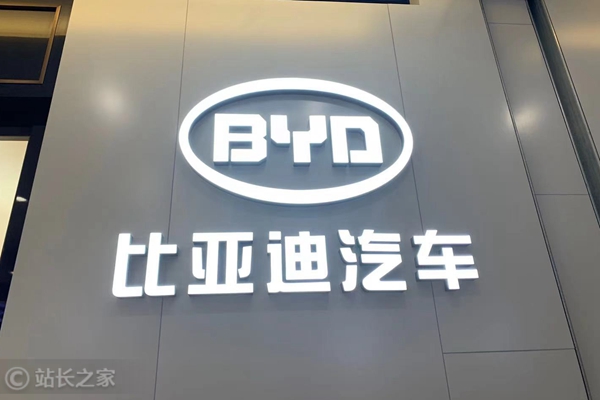Key Takeaways:
🌟 Apple executives revealed that the company plans to use generative AI to accelerate custom chip design.
💻 Since 2010, Apple has undergone a development journey from the A4 chip to the latest chips for Mac and Vision Pro.
🎲 The transition to self-developed chips was a bold gamble; Apple did not set up any backup plans and went all-in to push for the product transformation.
According to a report by Reuters, Johnny Srouji, head of Apple's hardware technology, mentioned in a speech in Belgium that Apple plans to utilize generative AI to speed up the process of designing custom chips. He emphasized that these chips are crucial for Apple's devices. During his speech, Srouji reviewed Apple's development journey since the launch of the first A4 chip in 2010, including the latest chips used in Mac computers and Vision Pro headsets.

Source Note: Image generated by AI, licensed by MidJourney
Srouji highlighted that one of the key lessons Apple learned during the chip development process is the necessity of using the most advanced tools to design chips, which includes the latest design software from Electronic Design Automation (EDA) companies. Currently, the two major giants in the EDA industry - Cadence and Synopsys - are competing to introduce AI technologies into their products to enhance design efficiency.
He pointed out that Apple’s chip design is highly complex, and the support from EDA companies is critical. He expressed optimism about the potential of generative AI technology, believing it can complete more design work in less time, significantly increasing productivity.
In his speech, Srouji also mentioned that during the process of developing self-designed chips, Apple adopted a "burning bridges" strategy. In 2020, when Apple shifted its historically long-standing Mac computer product line from Intel chips to its own self-developed chips, no contingency plan was made just in case. Srouji candidly admitted: "Switching Mac to Apple's self-developed chips was a bold gamble for us. We had no backup plans, no plans to use both chips simultaneously, so we went all-in, which included the arduous software adaptation work."
Through these experiences, Apple has accumulated valuable experience not only in chip design but also in continuously exploring the use of AI technology to drive future developments. Srouji’s speech highlighted Apple’s innovative spirit in the tech field as well as its far-reaching thinking for the future.





